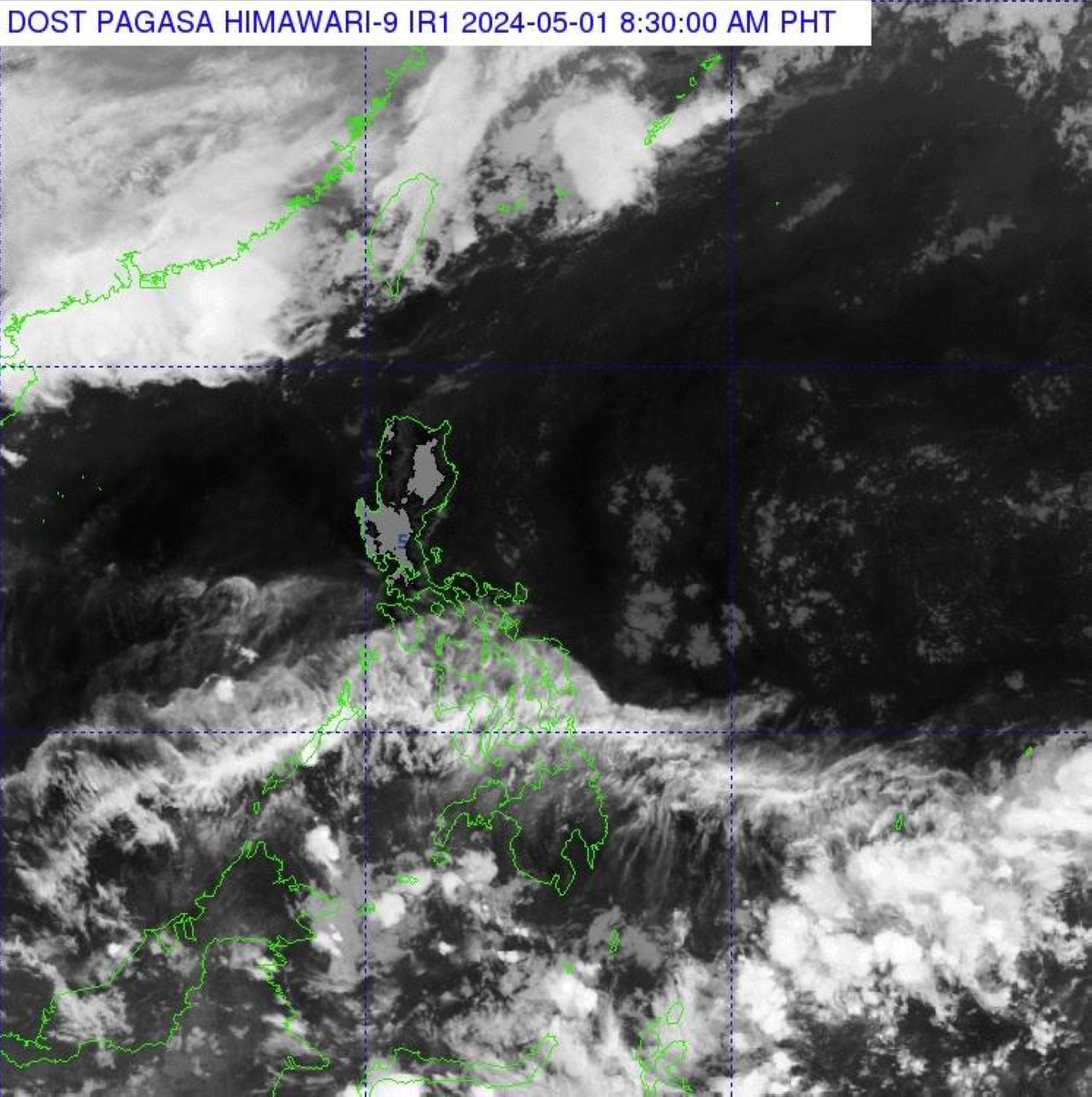Manila, Philippines: Expect Tropical Cyclones and Extreme Heat
The Philippine Atmospheric, Geophysical and Astronomical Services Administration (PAGASA) has forecasted the formation or entry of one to two tropical cyclones into the Philippine Area of Responsibility (PAR) this month. However, due to the ongoing impact of El Niño, these storms may form later than expected.
PAGASA forecaster Rhea Torres explained that two weather systems, namely the easterlies and the inter-tropical convergence zone (ITCZ), are currently affecting the rest of the country, particularly southern Mindanao. The ITCZ will bring overcast skies with scattered rain showers and thunderstorms in Sultan Kudarat, Sarangani, Basilan, Tawi-Tawi, and Sulu.
In Metro Manila, temperatures are expected to reach 37 to 38 degrees Celsius until Thursday. PAGASA predicts cloudy to partly cloudy skies with isolated downpours or thunderstorms due to the easterlies and localized thunderstorms. However, these isolated rain showers or thunderstorms are more likely to occur late in the afternoon or at night.
PAGASA has also issued warnings for certain areas. Camarines Sur will experience a “dangerous” heat index of 48 degrees Celsius until Thursday, while Pangasinan is expected to swelter at 47 degrees Celsius. Metro Manila will also face high temperatures, reaching up to 44 degrees Celsius.
Understanding the Impact of Tropical Cyclones
Tropical cyclones, also known as typhoons or hurricanes, are powerful weather systems characterized by low-pressure centers and strong winds. These storms can cause significant damage to infrastructure, agriculture, and human lives. Understanding their formation and potential impact is crucial for the safety and preparedness of affected communities.
In the Philippines, PAGASA is responsible for monitoring and forecasting tropical cyclones in the PAR. The agency utilizes various meteorological tools and data to track the development and movement of these storms, providing timely warnings and advisories to the public.
While the exact number and intensity of tropical cyclones can vary from year to year, the Philippines is highly prone to their occurrence due to its geographical location in the western Pacific Ocean. The country experiences an average of 20 typhoons annually, with some causing significant devastation.
It is important for residents and visitors in the Philippines to stay updated with the latest weather information and follow the guidance of local authorities during tropical cyclone events. Preparedness measures such as securing loose objects, stocking up on essential supplies, and heeding evacuation orders can help mitigate the risks associated with these powerful storms.
Extreme Heat and its Impact on Health
In addition to the potential for tropical cyclones, the Philippines is currently experiencing extreme heat, particularly in certain areas. High temperatures can have significant implications for public health, necessitating awareness and appropriate measures to prevent heat-related illnesses.
Heat index, also known as the “feels like” temperature, takes into account both air temperature and relative humidity to provide a measure of how hot it feels to the human body. When the heat index reaches dangerous levels, individuals are at risk of heat exhaustion, heatstroke, and other heat-related ailments.
Areas such as Camarines Sur, Pangasinan, and Metro Manila are currently facing exceptionally high heat index values. It is important for residents in these areas to take precautions to protect themselves from the extreme heat. These precautions may include staying indoors during the hottest parts of the day, wearing loose and light-colored clothing, staying hydrated, and avoiding strenuous outdoor activities.
Local authorities and health organizations play a crucial role in raising awareness about the potential health risks associated with extreme heat and providing guidance on preventive measures. It is essential for individuals to stay informed and follow the advice of healthcare professionals to ensure their well-being during periods of extreme heat.
Conclusion
The Philippines is currently facing the dual challenges of potential tropical cyclones and extreme heat. PAGASA’s forecasts and warnings serve as valuable tools for individuals, communities, and authorities to prepare and respond effectively to these weather events.
Understanding the formation and impact of tropical cyclones, as well as the risks associated with extreme heat, is essential for safeguarding lives and minimizing damage. By staying informed, following official guidance, and taking appropriate precautions, individuals can navigate these weather challenges with greater resilience and safety.







